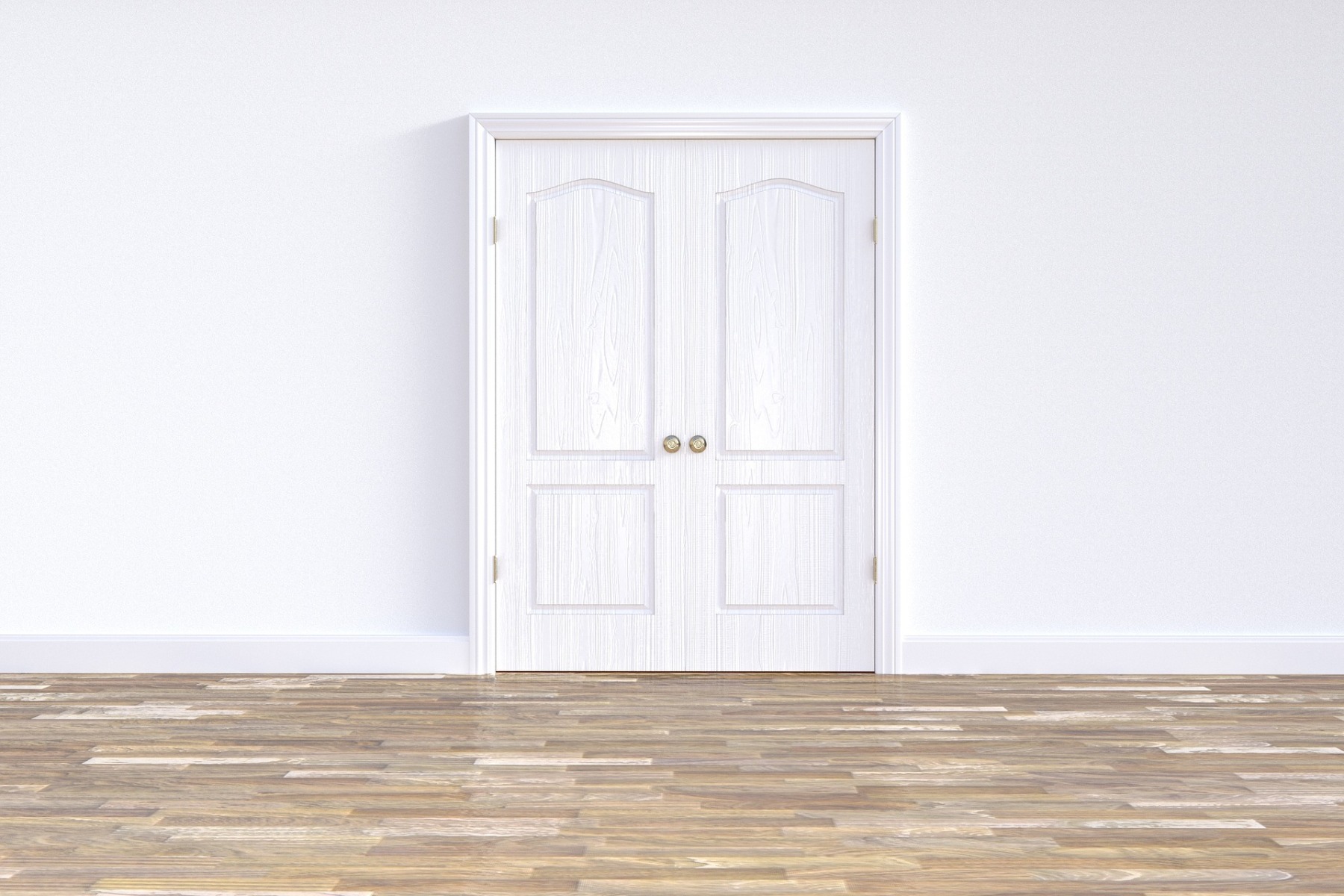What Are Architraves? An Essential Guide

It's true that in the building and carpentry world the pros tend to use different terms to describe things that, to most humans, would be the exact same. Still, when it comes to the question 'what are architraves?' we feel the need to get right in and share with you the nuts and bolts of these fundamental pieces of moulding.
In this article, you'll find answers to the most frequently asked question about architraves. What these are, what's their use, how to choose, and more!
Let's kick this off with the obvious...
What Are Architraves?
Architraves are, simply put, stripes of moulding fitted around your house's doors and windows. If you pay attention, you'll notice a line that connects your floors, doors and window jambs. This 'line' is made of skirting boards -running horizontally sealing the gap between your walls and floors-, and architraves.
What Are Architraves Used For?
Fitted around door frames and windows, architraves are used pretty much in all residential and commercial buildings. Their function is indeed mainly decorative as these don't hold your door and window frames structurally. However, they enhance the style and decoration of any room by giving a finished and streamlined look.
It's key to say though, that just as we've made a point on the importance of skirting boards before, architraves are still very useful, for pretty much the same reasons than skirting boards.
Are Architraves Important?
Architraves can hide unwanted defects between the junctures of your windows and doors frames with the walls. Houses suffer from expansion and shrinkage due to changing temperature, different levels of moist and vibrations, sometimes causing gaps or cracks that can become more visible over time. Clearly, if a house has extreme damage, an architrave won't fix it! But the key take here is that architraves will help protect and hold together doors and window frames.
Another protective function of architraves is that they shield door frames from jolts, bumps and knocks. If you are moving things around your house, or have the little ones running frantically from room to room, you'll appreciate the usefulness of your architraves!
What Is the Difference Between Door Frames and Architraves?
Some of the parts of a door frame are the casing -aka door lining-, jambs, head, and sills. These elements will vary depending on where the door frame is located and the specific style and design of the door. The main thing to know is that the architrave is just one of the many parts of doors and windows frames as it's the piece that surrounds them!
This is why most people consider the architrave to be the finishing touch. It's because it keeps together the aesthetics of the room once the main structural parts of the door frame itself are set and good to go!
In conclusion, the door frame is the supportive structure that holds the wall opening together and where the door will sit, and the architrave is the decorative moulding around it.
Should Architrave Be Thicker than Skirting?
Short answer: No! The thickness of your skirting boards must be matching your architrave's! This is to create a harmonious and smooth look around your home. However, you can choose a different style or profile for your architraves, preferably as long as this is part of the overall interior design.
If you end up purchasing by mistake architraves or skirting of different widths, it's not the end of the world! To fix the untidy look, you can either get a plinth block to create a transition between both mouldings or sand the back surface of the thickest one. This situation may not be ideal, but if you are DIY-er you can definitely fix this nuisance!
How to Choose Architraves?
Essentially, you need to get clear on your interior design goals, your budget, and how big or small is the job. Are you going through a massive home renovation? Is your house Victorian or Edwardian style? Do you have a clear idea of your skirting board's profile style?
Also, as we explained above, you need to make sure your mouldings' thickness is matching before purchasing!
Finally, you should also be mindful of colours. You can apply some of the ideas we share with you in this article about painted skirting boards to the palette of your architraves!
We hope you enjoyed our easy to follow guide to 'What Are Architraves?' Find out more about our full range of profiles and designs, here!
Get in touch with our team and find out more information about architraves, skirting boards, and window sills. Call us on 0800 048 0786, or simply send us an email [email protected]
 0800 048 0786 Monday - Friday, 8:30am to 4pm
0800 048 0786 Monday - Friday, 8:30am to 4pm
